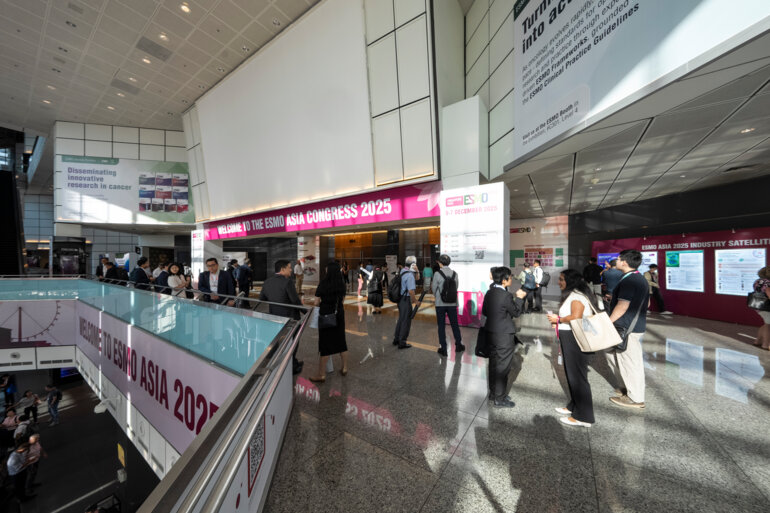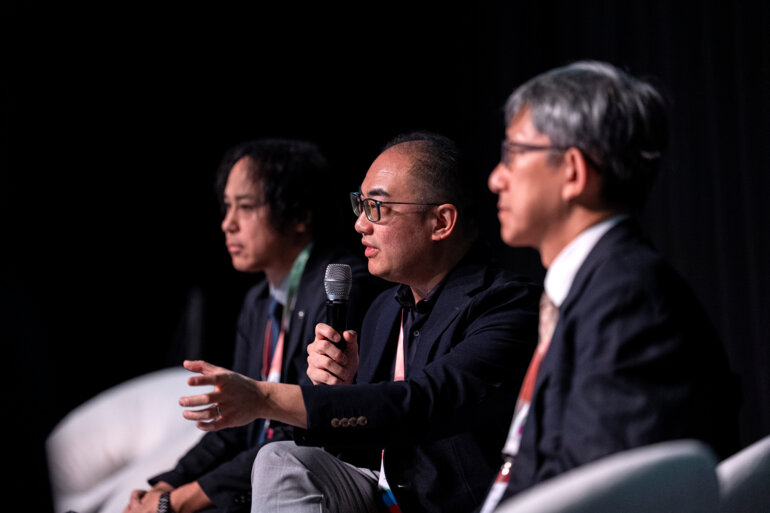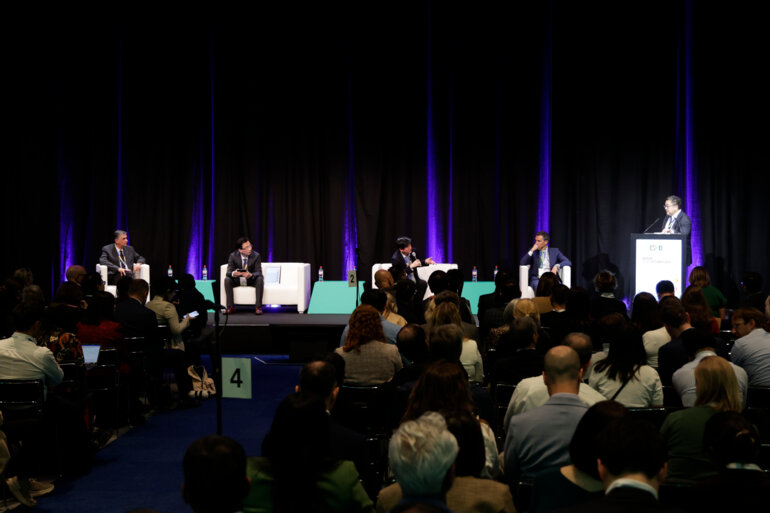Diverse approaches are investigated in oncology that also include the use of artificial intelligence
Cancer complexity represents the main barrier that oncology researchers need to overcome to personalise treatment for patients. In the last two decades, integrating the morphological evaluation of tumour samples to their genomic information significantly improved our understanding of the biological architecture of cancer. However, one crucial ability is still missing: localising the complexity of the genomic landscape within specific areas of the cancer tissue.
The spatial profiling approach can combine simultaneously information coming from the genomic and transcriptomic landscape (DNA-based alteration and RNA expression) with morphology. It has shown to be incredibly useful to focus on the step-by-step process leading to transition from benign to malignant, and from in situ to invasive tumours, as reported in an oral presentation at the Molecular Analysis for Precision Oncology (MAP) Congress 2025 (179MO). In the French study, combining spatial data from forty breast tumours harbouring synchronous ductal carcinoma in situ and micro-invasive foci, an interim analysis of 174 regions revealed genotype-specific invasion programmes, adding to current knowledge that germline context and tumour microenvironment cooperate to cancer progression.
The ability to decipher the disease complexity at a single-cell level represents what we need to fully decrypt the “big picture” of cancer. Now, the key question is: what portion of cells representing the different neoplastic clone population will be shed in the bloodstream and the other body fluids leading to metastatic evolution? To address this question, we need to fully integrate the spatial profiling approach with liquid biopsy, which is the “queen” of dynamic evolution decoding strategy, as illustrated by a second abstract presented in Paris (126O). The Chinese research team integrated 118,849 single-cell full-length transcriptomic, mutational, and spatial data from tumour tissues, as well as mutational data from DNA extracted from plasma samples of ten HR+/HER2− breast cancer patients, and mapped ctDNA release at single-cell resolution by a deep learning-based multi-omics framework. Researchers identified eight epithelial states with distinct functional and spatial characteristics.
Another compelling question in the field is how to predict the evolution of a such a complex biological entity such as cancer. Artificial intelligence (AI) systems that are progressively implemented in oncology hold promise to further enhance current approaches. In the Cancer of Unknown Primary (CUP) landscape, when a primary tumour cannot be detected, for instance, the integration of full data coming from genomics, liquid biopsy and AI-driven analysis is of even greater importance. This approach can translate into a better patient stratification and treatment personalisation as described in a mini-oral presentation at MAP 2025 (2MO). The idea of building the so-called digital twins is fascinating and may hold potential to improve clinical outcomes: in the presented abstract, patients treated according to AI recommendations showed a disease control rate of 74% versus 42% with non-recommended standard of care.
Considering the need to simultaneously integrate all the data coming from these new and fascinating approaches, the role of machine learning and, more in general, of AI-based strategies could represent the main catalyst to bring these advances to the patient’s bedside and to fully exploit the power of spatial multiomics.
AI & Digital Oncology: Resources in one place
Looking for further insights into how artificial intelligence and digital tools are impacting oncology? The ESMO AI & Digital Oncology Hub brings together expert perspectives, research updates, and thought leadership from across oncology.
It is a space where you can stay informed, discover resources, and follow the conversation on digital innovation in cancer research and treatment.
To further explore the transformative potential of AI in oncology, the very first ESMO AI and Digital Oncology Congress 2025, taking place from 12 to 14 November, will provide a dedicated platform focused on the latest advances in AI and digital technologies in cancer care.







